
Running Time: 154 minutes
Back in 1981, Steven Spielberg, George Lucas and Harrison Ford gave us Raiders of the Lost Ark, a dynamic action film set in the late 1930s mimicking old adventure serials. The film broke box office records and won four Academy Awards (it also earned a Best Picture nomination). Two expertly produced, award-winning, fast-paced sequels followed, cementing an iconic trilogy. In 2007, a follow-up arrived using 50s Cold War science-fiction flicks as its inspiration. It wasn’t as effective, but still had its moments. Now, 42 years after the original, the 80-year-old Ford returns for one more kick at the can. While Indiana Jones and the Dial of Destiny brings the lead actor back, he arrives without the direct input of Spielberg or Lucas.
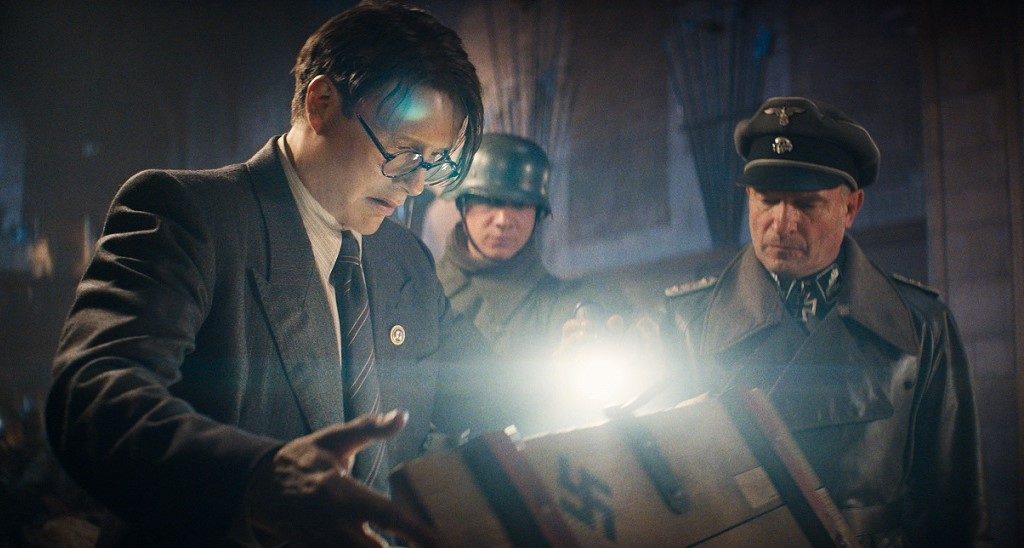
The prologue is set at the close of World War II and sees Indiana Jones (Harrison Ford) on a train with friend Basil Shaw (Toby Jones) trying to recover an artifact stolen by Nazi forces. In the chaos, they come across something even more remarkable… half of the Archimedes Dial, an instrument believed to allow a person to travel through time. 25 years later, a disgruntled Jones now works as a college professor in New York. He is unexpectedly visited by Shaw’s daughter Helena (Phoebe Waller-Bridge), who claims to have an interest in her father’s studies and wants to know more about the item. Soon, ex-Nazi Dr. Jürgen Voller (Mads Mikkelsen) and henchman Klaber (Boyd Holbrook) arrive on the scene. Although he is now employed by the US government, Voller was on the same train as Jones years earlier. The hero reluctantly finds himself in a race to locate the hidden dial.
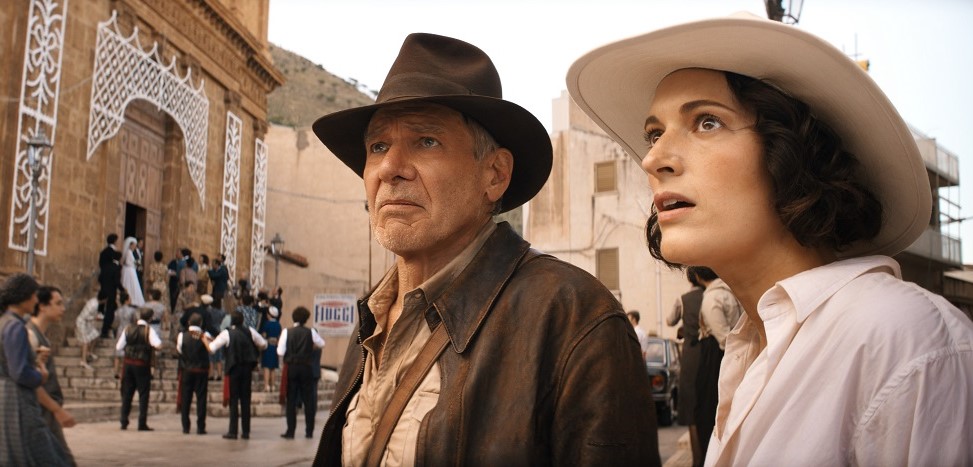
This is a difficult film to review, given that it is a follow-up to one of the top-rated movies of all time. To be frank, the lack of Spielberg at the helm and Lucas co-writing the story is evident in the final product and the feature has its share of problems. Most immediately, it’s a darker-looking and heavier film. Spielberg provided a level of energy and a zippy pace that this film can’t quite duplicate nor sustain for an extended period of time.
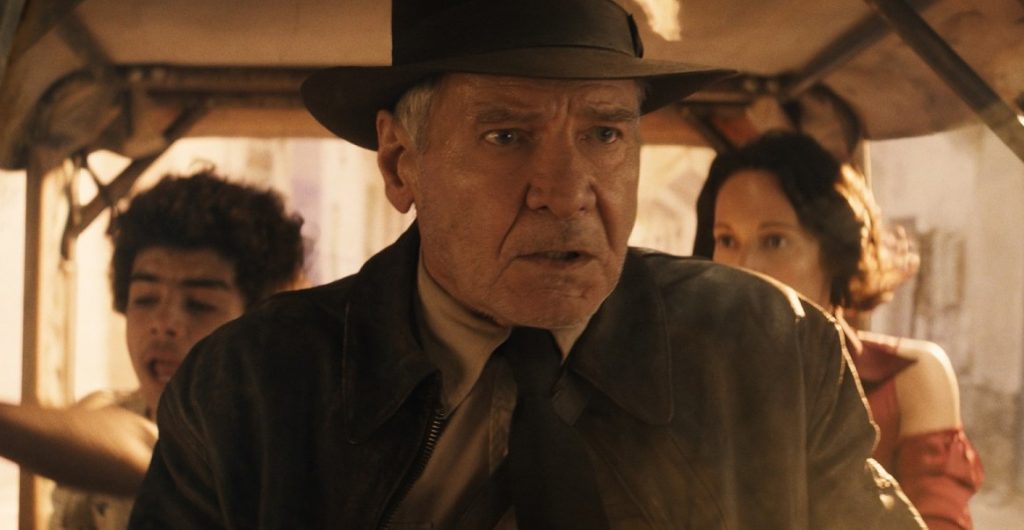
It’s also difficult to get a handle on what movie history inspired this effort. It seems content to repeat elements from previous films, like villainous Nazis (from the first and third pictures), comic relief from a youngster (as in the second movie), along with an artifact based in science-fiction (similar to the last sequel), along with a message involving the importance of family (which has been prominent in the last few titles). It comes across like a greatest hits package rather than something new. There are also too many baddies introduced early on and the picture spends an unnecessary amount of time focusing on them.
And there’s no way to get around this, but the heavy use of computer-generated effects is prevalent and, at times, distracting. Some shots are effectively rendered, including the de-aging process used on Ford and Mikkelsen in the opening sequence, in addition to those used in the exploration of a tomb and a battle scene. However, there are random shots that aren’t as convincing and take one out of the feature. One can’t expect the movie’s star to run around like he did in the previous films, but the shortcomings of primarily using CGI imagery are evident.
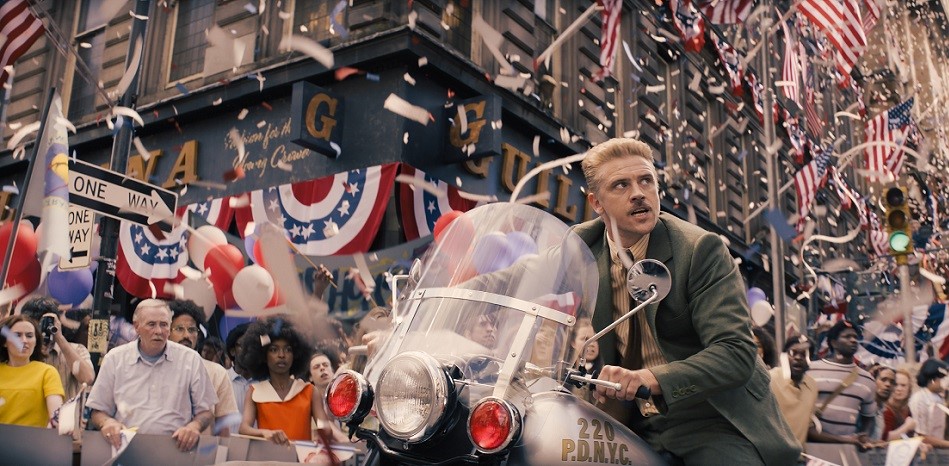
At the same time, the movie has some interesting moments. A few familiar faces briefly return and it’s nice to see them reconnect with Jones. When the protagonist eventually reveals the personal reasons for his bleaker outlook on life, it does resonate (even if the story ultimately fails to do much with it). Mikkelsen is a memorable foe who has an appropriately disturbing but unique motivation and rationale. There is also some fun bickering here and there between the lead and Helena. And even though the movie could have done with less CGI, the opening train-set action scene raises a smile and builds some excitement. Additionally, the final act delivers an interesting and intriguing twist, as well as a big choice for its protagonist.
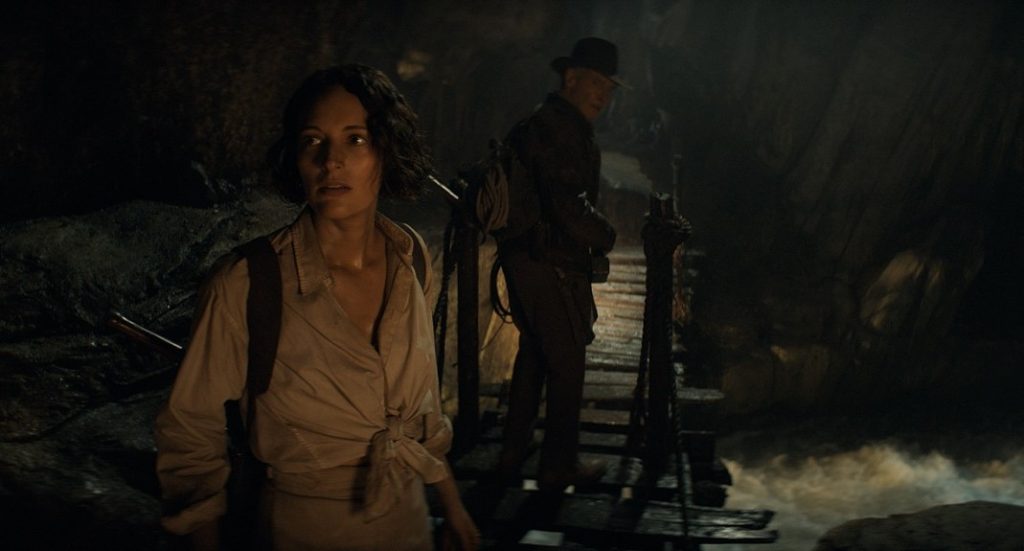
The final product isn’t entirely necessary. It has some hit and miss elements and is much too long (extending almost 30 minutes over all other four pictures in the series). However, there are still a few fun moments and effective nostalgic bits. If it weren’t a part of such a prestigious franchise, I believe my response to the movie would be more upbeat than it is. As such, I’m giving it a modest recommendation. To appreciate the film, it’s better that one goes into Indiana Jones and the Dial of Destiny with tempered expectations. The movie is far from a mess, but it also can’t compete with some of the lead’s earlier adventures.


